By Louise Irvine
April Fool’s Day is a fun time to review all the fools and jesters in the Carnival & Cabaret exhibition at WMODA. Opinion is divided on whether April 1 pranks are cruel hoaxes or whether they encourage laughter which reduces stress. Either way, poking fun and exposing human gullibility has always been part of life. In the Middle Ages, pranksters satirized contemporary society in traditional Fool’s Literature which was popular throughout Europe.
Ship of Fools
The most famous of the allegorical satires was The Ship of Fools written in 1494 which features 100 eccentric characters cast out of society bound for Narragonia, the fool’s paradise. During the Middle Ages, European clergy celebrated the Feast of Fools and would elect a false Bishop to parody ecclesiastical ritual. In the Disney version of Victor Hugo’s Hunchback of Notre Dame, Quasimodo is crowned King of the Fools and the Topsy Turvy Day song mocks his misshapen appearance but reveals the charm beneath his odd looks.
Lords of Misrule
Fools entertained at old English country fairs and markets with storytelling and songs. They often used their acrobatics and juggling skills to amuse the crowds and they told jokes about people well known to their audiences. These rustic clowns were amateur Lords of Misrule and satirized the struggle between virtue and vice from the morality plays of the period. The Royal Doulton figure of a fool riding a hobby horse is a comic entertainer as is the laughing clown character beating his drum. Both are rare Royal Doulton prototype figures from the 1970s which did not go into general production.
Game of Life
The origins of Tarot cards, the great game of life, are lost in the mists of time but they became popular in Renaissance Italy. Tarot games use the Fool as an expendable card, playable at any moment, yet incapable of taking any tricks or of being taken. The Joker in the modern deck of playing cards was invented by the New York Poker Club as a wild card to make the game more interesting. The Joker card inspired Balocoloc to produce the traditional Venetian masks on display at WMODA.
Royal Doulton Jesters
The first clay figure that Charles Noke ever modeled was a jester and his fascination for these colorful court entertainers remained with him throughout his career. When he joined Doulton in 1889, he modeled several jesters for the ivory Vellum range including seated and kneeling figures which were shown at the Chicago exhibition of 1893. The colorful style of decoration, which Noke later used in his HN series of figures, was particularly suited to his jesters and in 1915, he re-launched his seated figure wearing a striking black and white checked suit. Noke also modeled a companion for his original jester and this character holds his hand to his face in the manner of medieval jester paintings.
Court Jesters
Professional licensed fools were employed at royal courts and the name jester became popular in Tudor times, derived from jestour meaning minstrel. Jesters were skilled in social commentary and tested the wits of their aristocratic rulers. By law, they were allowed to mock freely, even satirizing royalty without punishment, and they wore symbols of Jester’s privilege denoting their status and protection. To mirror the monarch’s royal scepter and crown, the fool carried a prop stick known as a marotte and wore a cap with bells. Their motley costumes of mismatched, multicolored fabric signified that the jester was beyond the sumptuary laws that determined who could wear what in society.
Shakespearean Jesters
In Tudor times, Shakespeare used jesters in his plays to comment on the characters for a better understanding of his plots. His expert on jesting was Robert Armin who caused his audience to reflect on what it is to be a part of the human condition. Armin’s greatest roles included Touchstone in As You Like It, the fool in King Lear, and Feste in Twelfth Night, who was described as “wise enough to play the fool”. The earliest Shakespearean Jester at WMODA is a terracotta sculpture by Doulton artist, George Tinworth, which can be seen in a photograph of his Lambeth Studio in 1904. Tinworth is working on an ambitious project for an elaborate memorial to Shakespeare which was never realized.
Jack Point
Noke also portrayed Jack Point, the tragicomic jester from Gilbert and Sullivan’s Yeoman of the Guard. Initially, he modeled a double-faced version of this character for the Vellum collection called Mirth & Melancholy. He followed this with an imposing figure in different colorways for the HN collection. Later he modeled Henry Lytton as Jack Point, the most famous actor to play the role, using the original stage costume for inspiration. Jack Point also inspired Noke’s character jugs and face masks during the 1930s.
Collecting Jesters
There are several keen collectors of Royal Doulton jesters including Arthur Wiener. They seek out the twenty different HN pattern numbers recorded for the first two models by Charles Noke as well as the many unrecorded colorways that have come to light. The Doulton figure painters reveled in the motley array of checks, stripes, and diaper patterns of the traditional fool’s costume.
During the 1920s, sculptor Leslie Harradine continued this tradition of theatrical jesters with his portrayal of Nanki Poo disguised as a Wandering Minstrel from Gilbert and Sullivan’s Mikado. Harradine also modeled two Lady Jesters inspired by the fancy dress costumes worn by 1920s socialites. See them in the Carnival & Cabaret exhibition at WMODA.
Till Eulenspiegel
The Wiener collection also includes jesters made by European porcelain companies. Meissen in Germany portrayed Till Eulenspiegel, a prankster in German folklore dating to the 14th century. His name translates as owl glass or owl mirror metaphorically meaning “wise reflection” and he is often depicted with an owl and a mirror. Jester Till played practical jokes on his contemporaries and exposed vices, including greed, hypocrisy, and folly. He was a popular figure in the Fool’s Literature of the 16th century and his tales are intended to mock and satirize the pretentiousness of mankind.
Iconic American Jester
Perhaps the most iconic image of a Jester in America is Norman Rockwell’s painting for the cover of the Saturday Evening Post in February 1939. The Lladró Porcelain company in Spain clearly used this image as inspiration for their court jester figure by Salvador Furio which was produced between 1982 and 1984. This subject was unusual for Lladró sculptors as they typically portrayed Harlequin-style clowns from the Commedia dell Arte tradition. The Jester collection at WMODA includes some comtemporty tile plaques by British ceramicist Victoria Ellis who interprets the diamond pattern from the jester’s costume in her unique designs.
Read more...
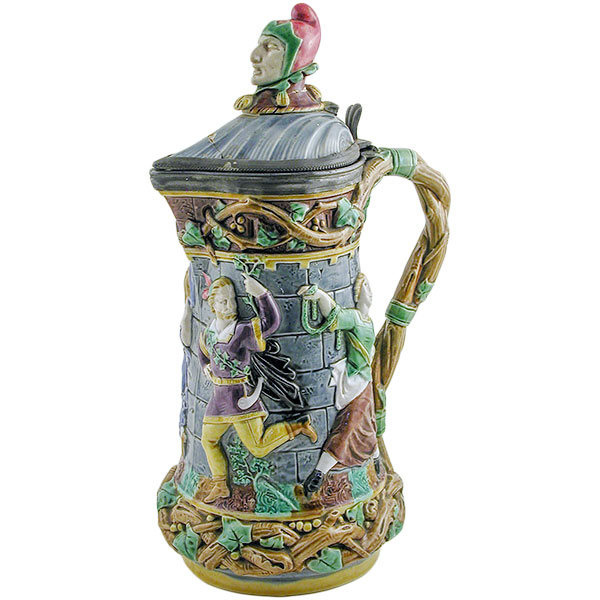
Minton Majolica Jester Stein
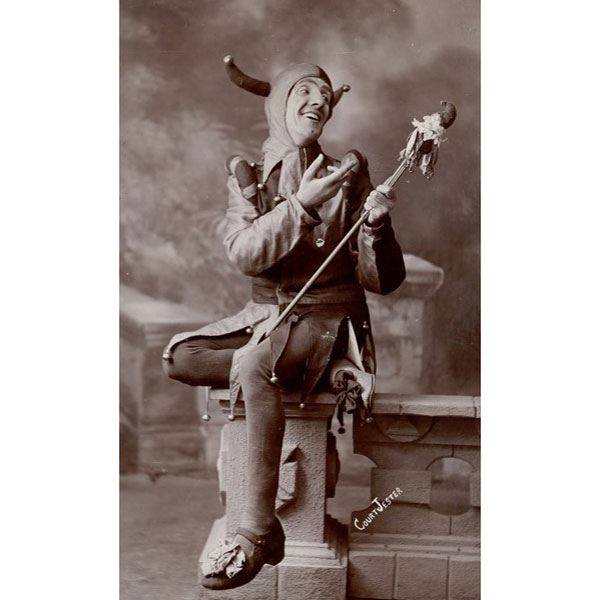
Arthur Price Court Jester Pageant of Empire
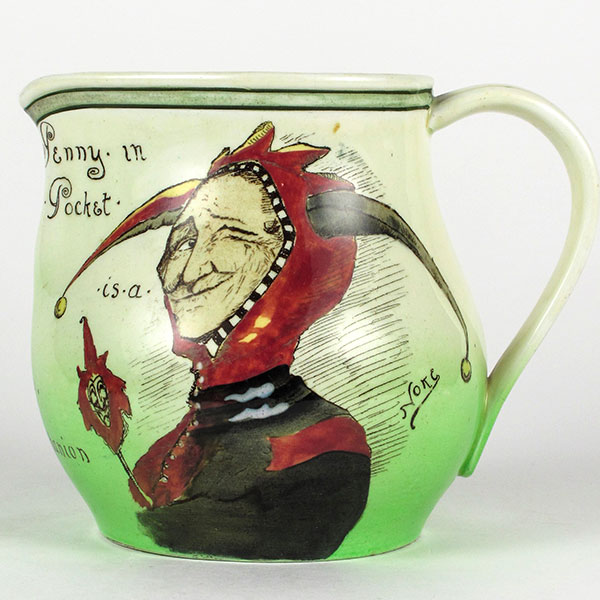
Royal Doulton Jester Jug
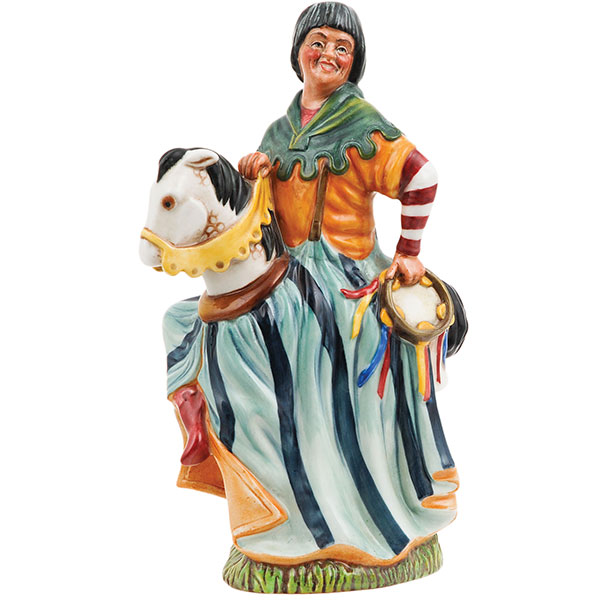
Royal Doulton Jester Hobbyhorse Prototype by M. Abberley
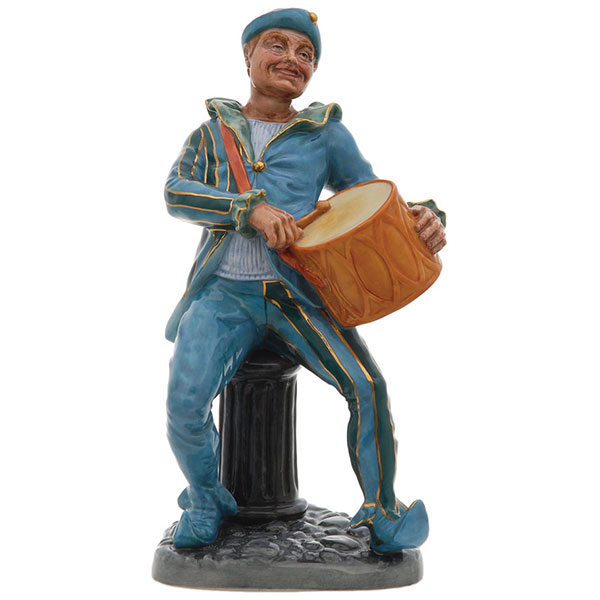
Royal Doulton Jester with Drum Prototype by M. Nicoll
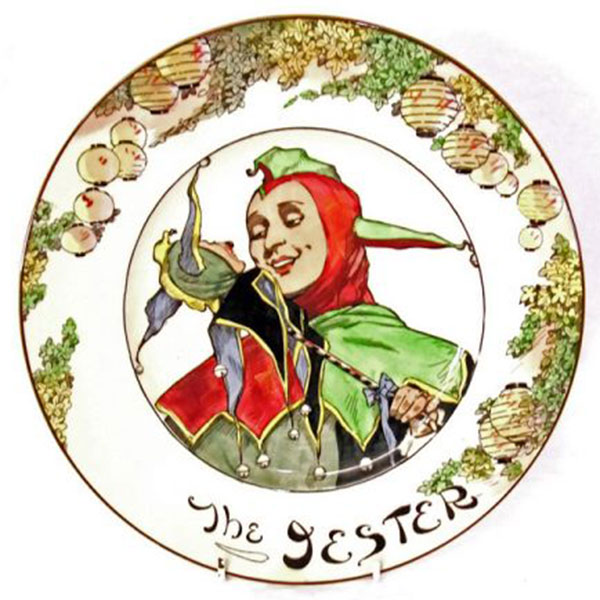
Royal Doulton Jester Plate
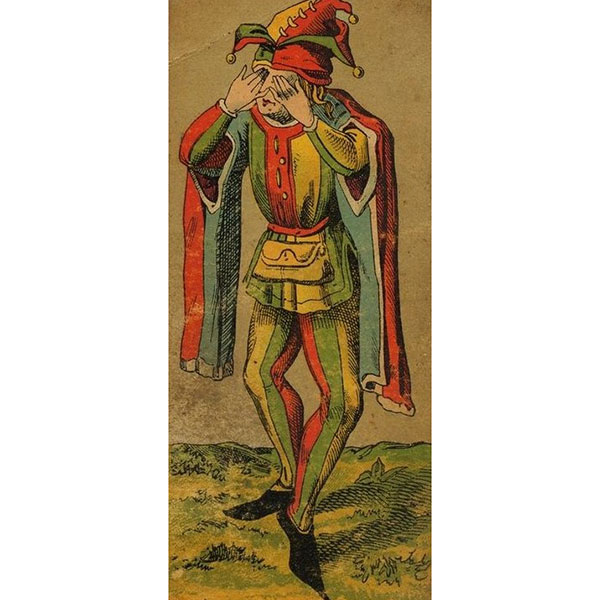
Tarot Card Folie
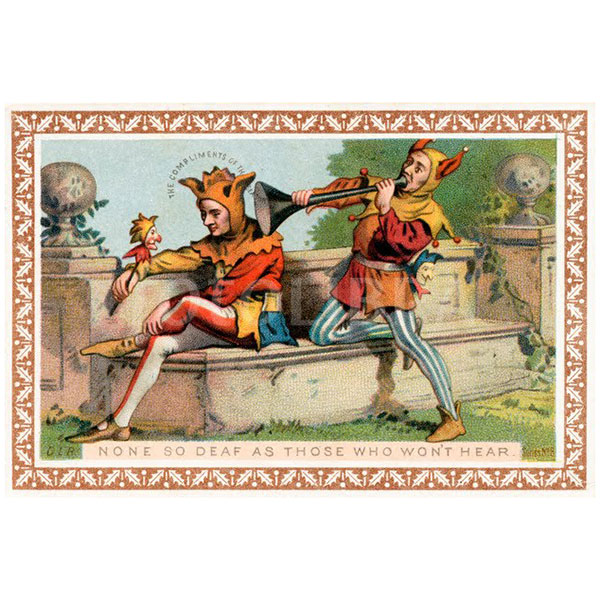
None So Deaf
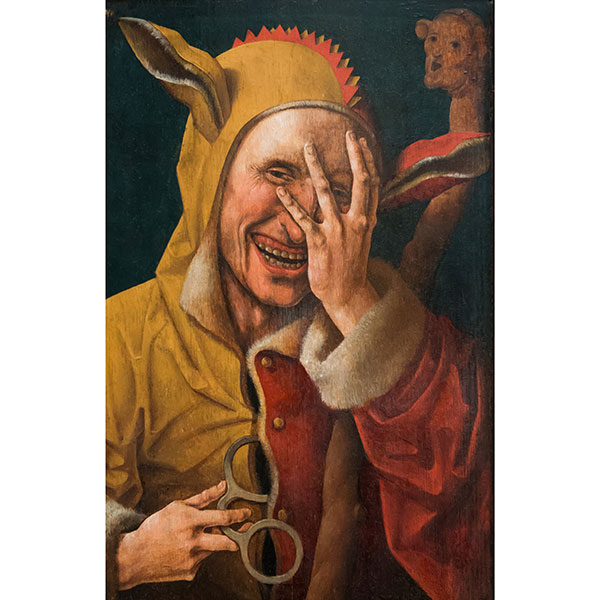
Laughing Fool
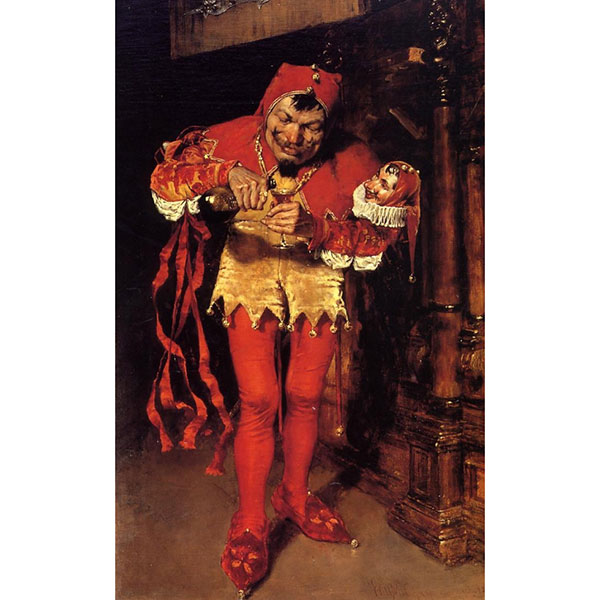
Keying Up Court Jester by W. M. Chase
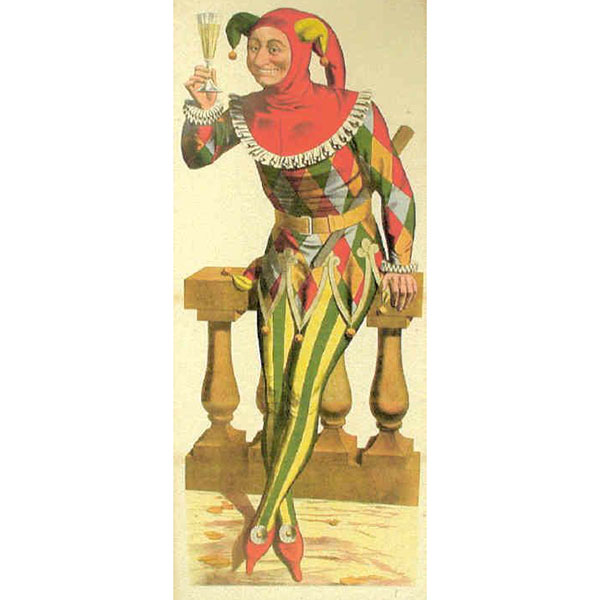
Jester
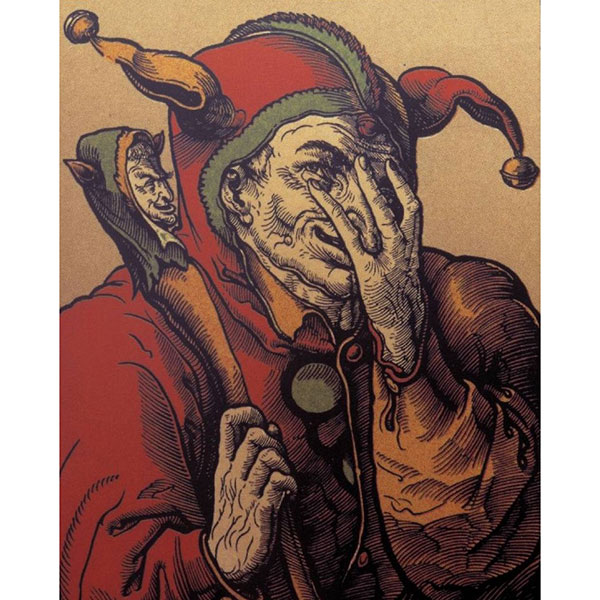
Jester drawing hand over face
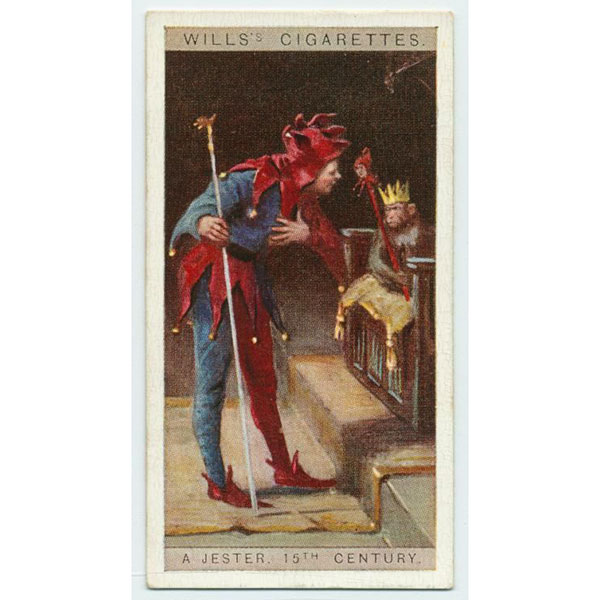
Jester cigarette card
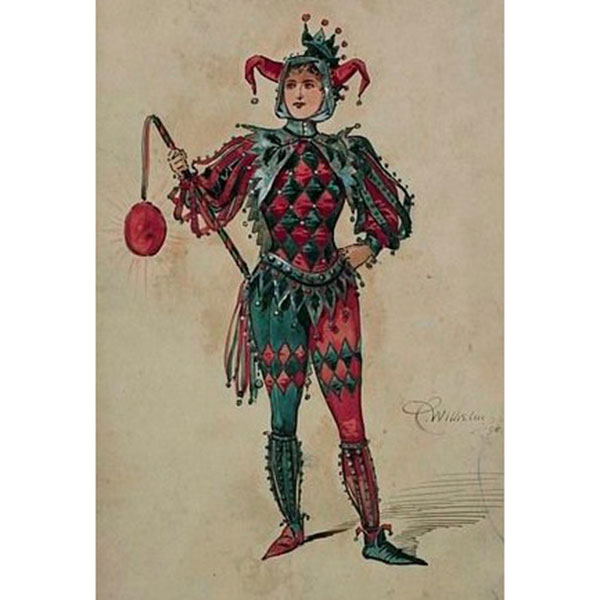
Jester Ballet costume by C. Wilhelm
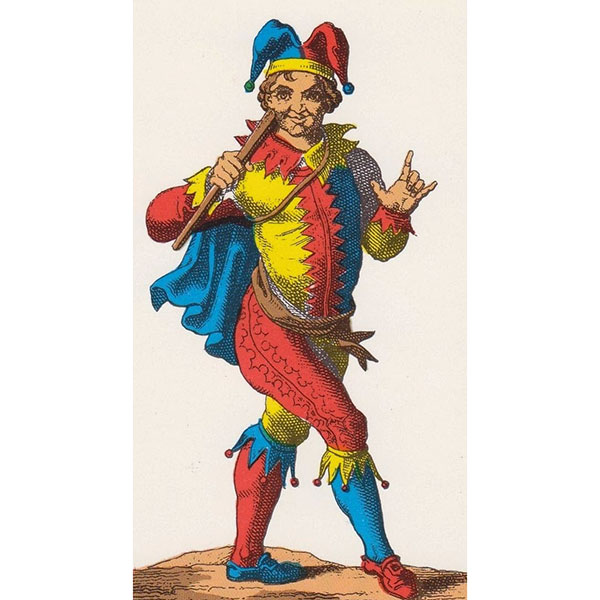
Fool card
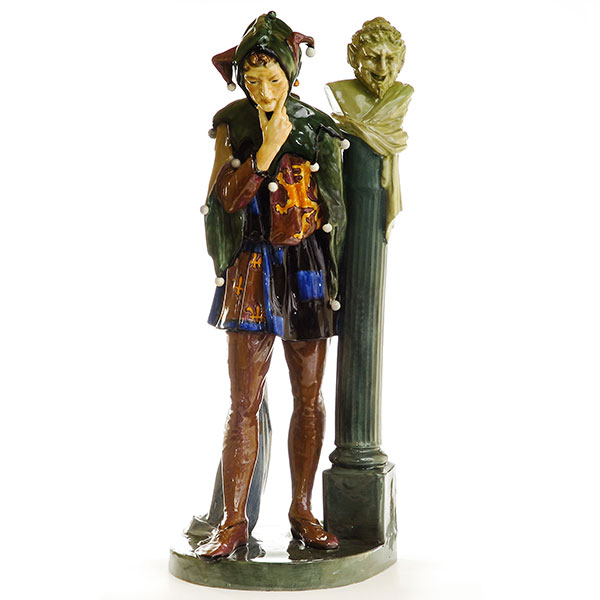
Royal Doulton Jester by C. J. Noke
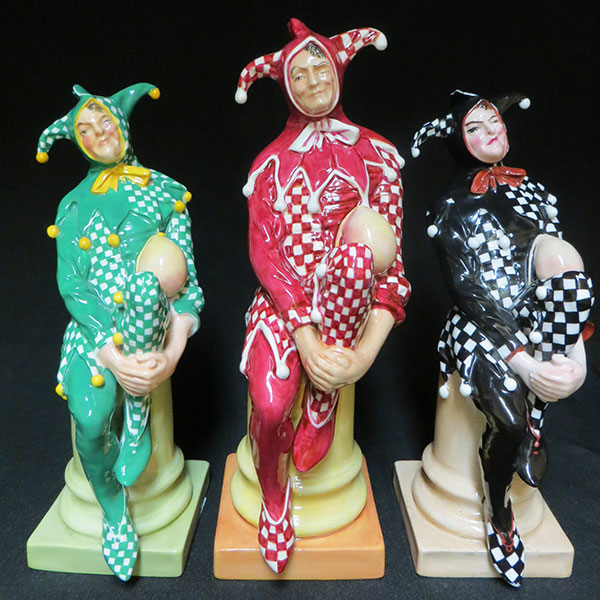
Royal Doulton Jester Colorway Prototypes
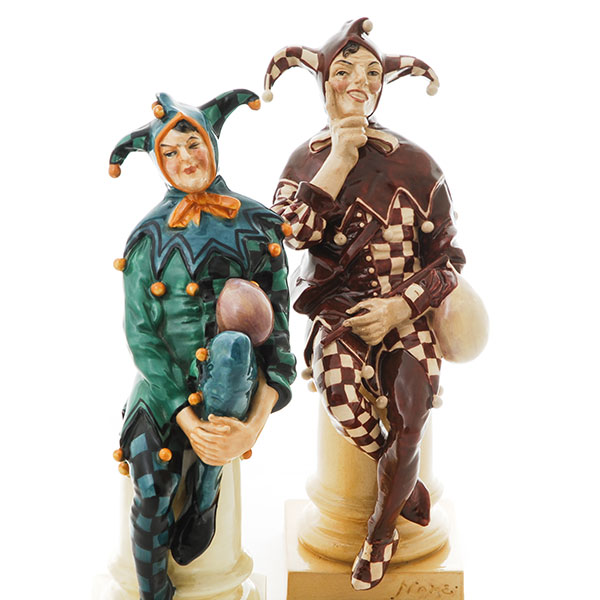
Royal Doulton Jesters by C. J. Noke
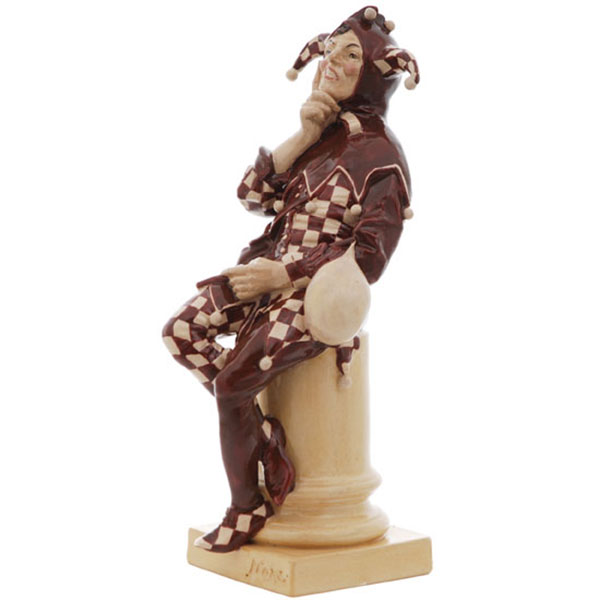
Royal Doulton Jester unrecorded brown & white
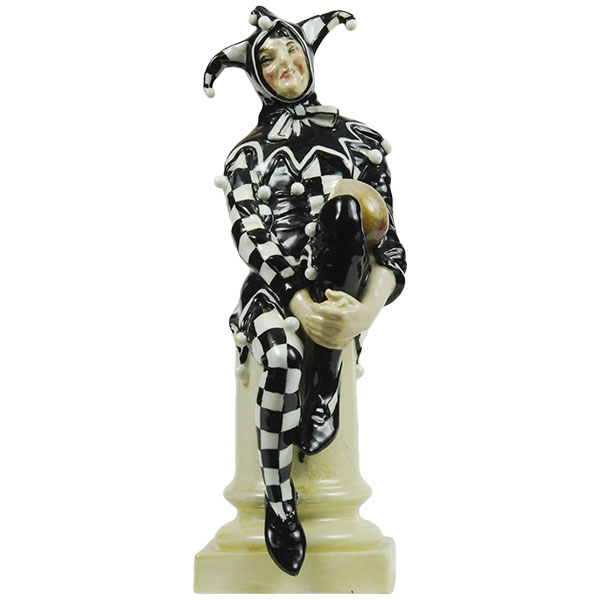
Jester Black & White by C. J. Noke
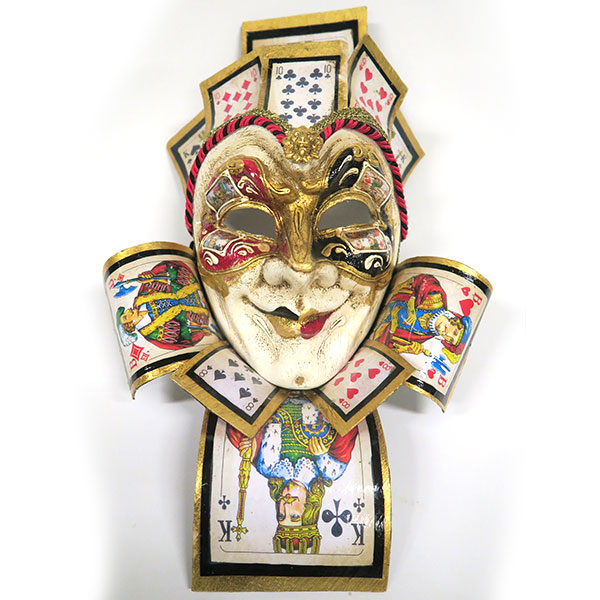
Balocoloc Playing Card Mask
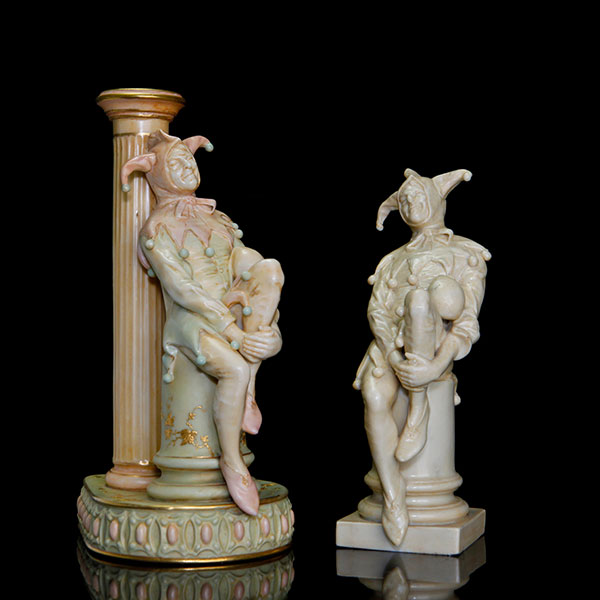
Royal Doulton Vellum Jesters
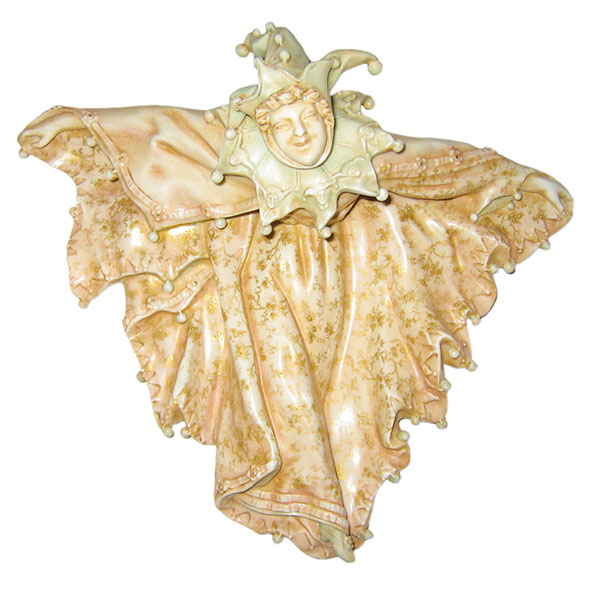
Vellum Lady Jester Wall Plaque by C. J. Noke
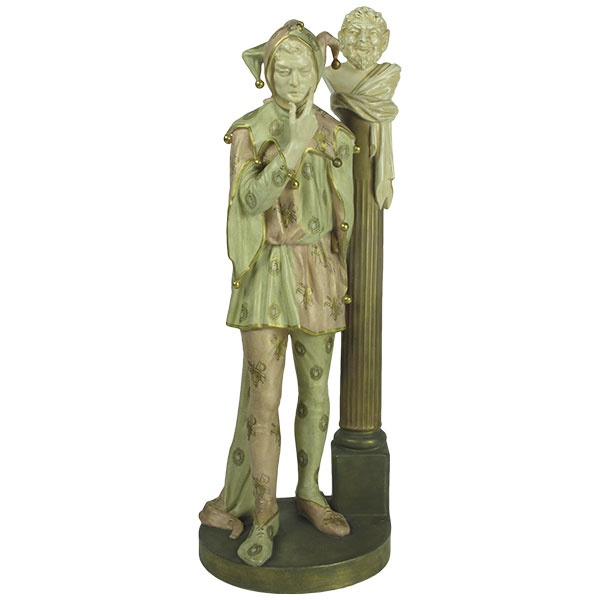
Royal Doulton Mirth & Melancholy Vellum by C. J. Noke
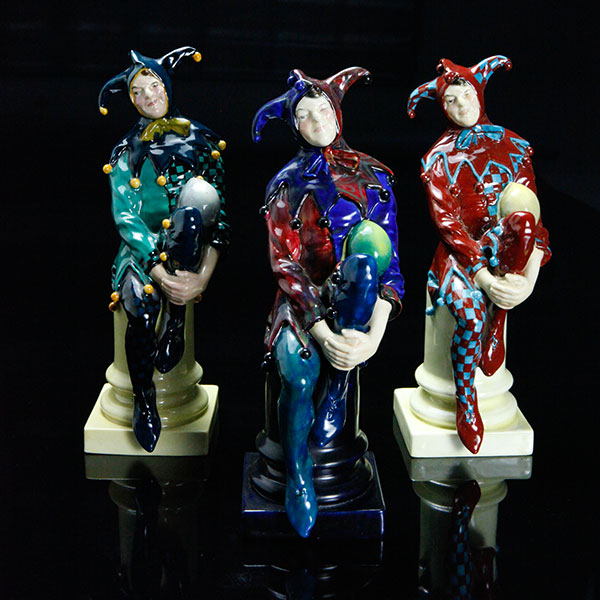
Royal Doulton Jesters
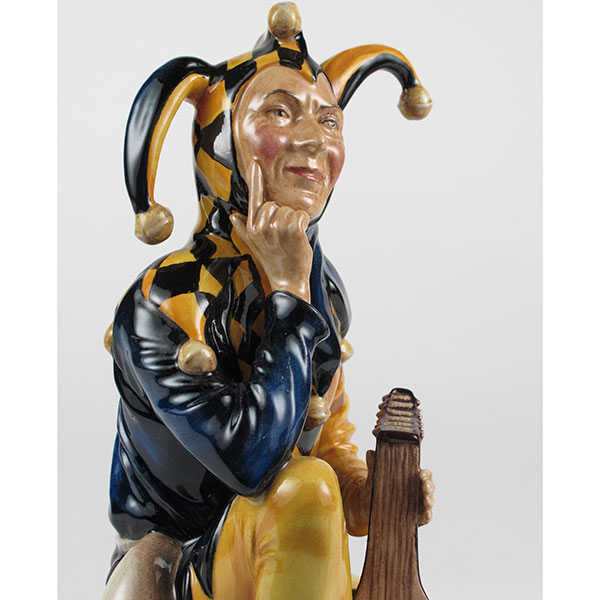
Royal Doulton Jester Prototype detail
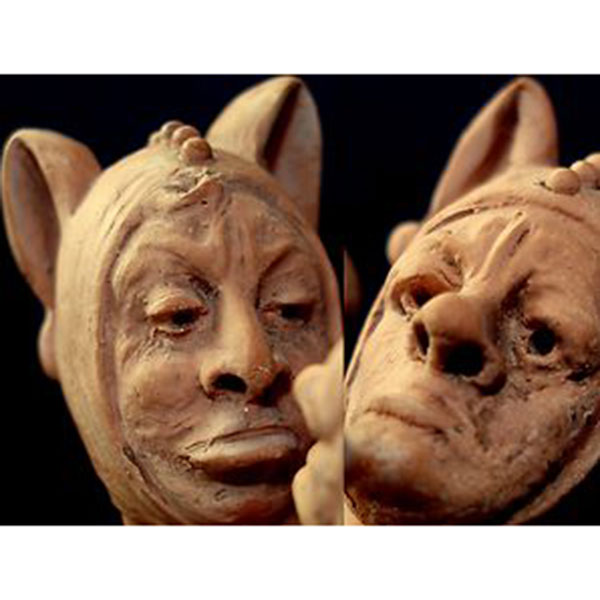
Jester Marotte Heads by G. Tinworth
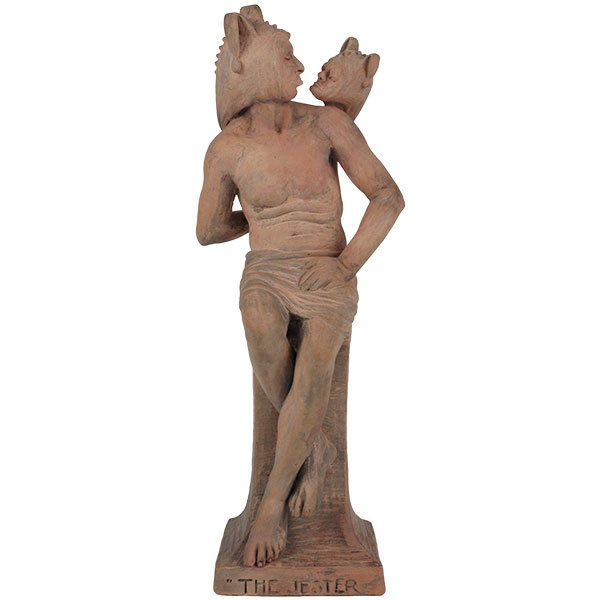
Doulton Lambeth Jester by G. Tinworth
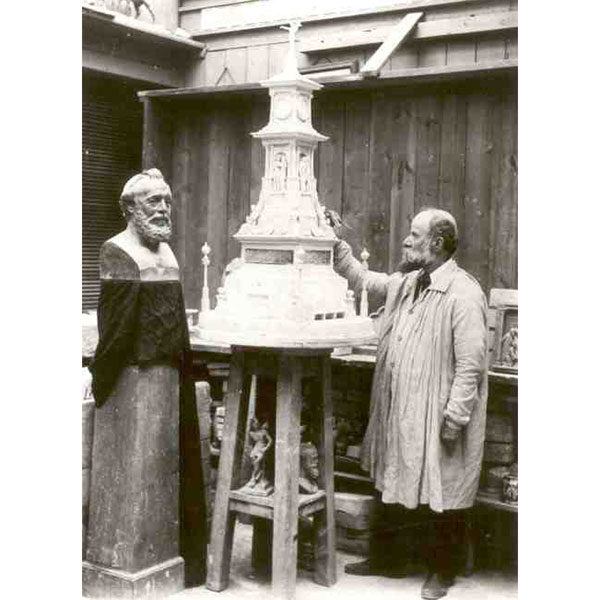
George Tinworth 1904
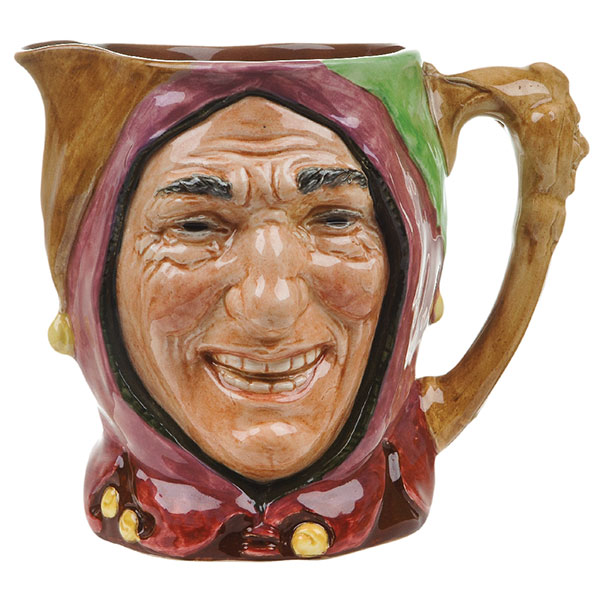
Royal Doulton Touchstone Character Jug
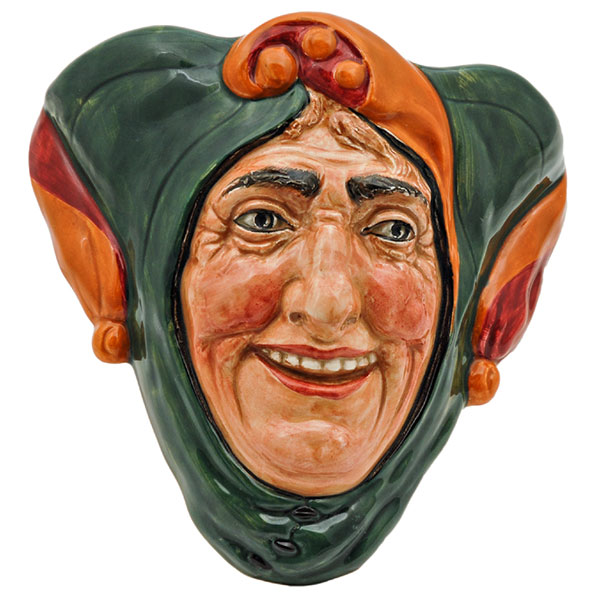
Royal Doulton Jester Wall Pocket
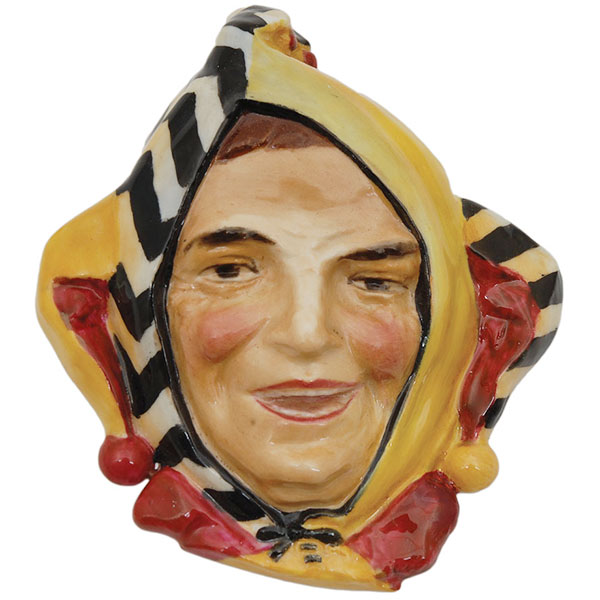
Royal Doulton Jester Mask
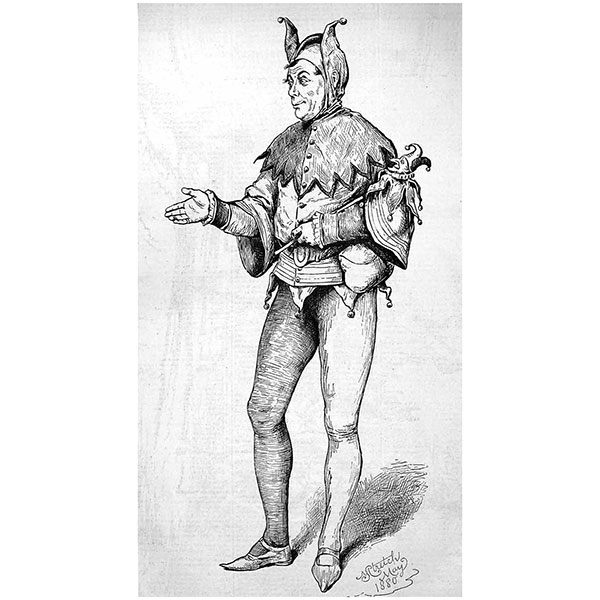
Lionel Brough as Touchstone 1880
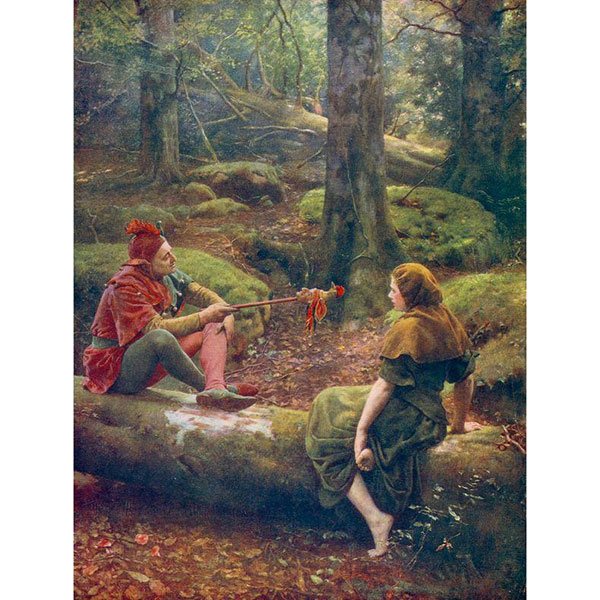
Forest of Arden by J. Collier
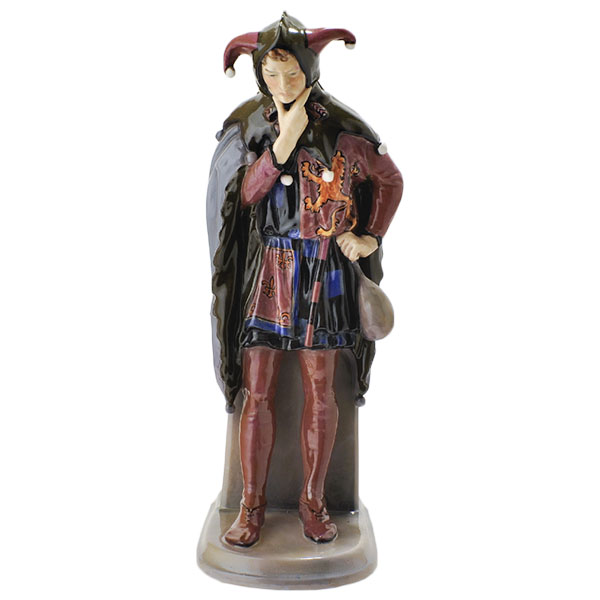
Royal Doulton Jack Point
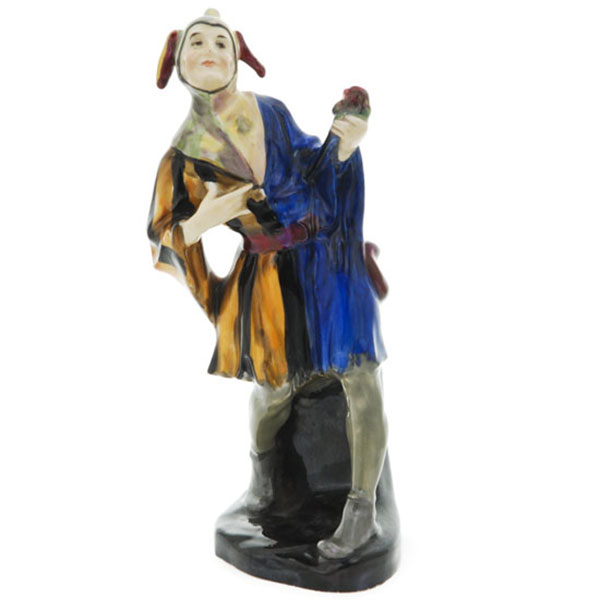
Royal Doulton Henry Lytton as Jack Point
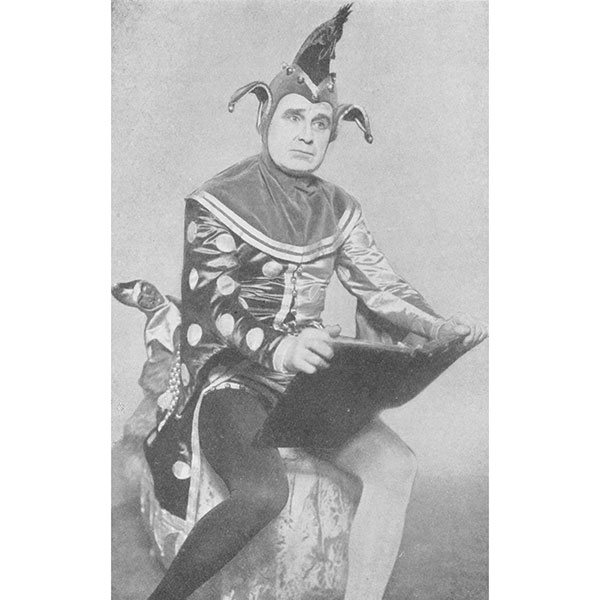
Henry Lytton as Jack Point
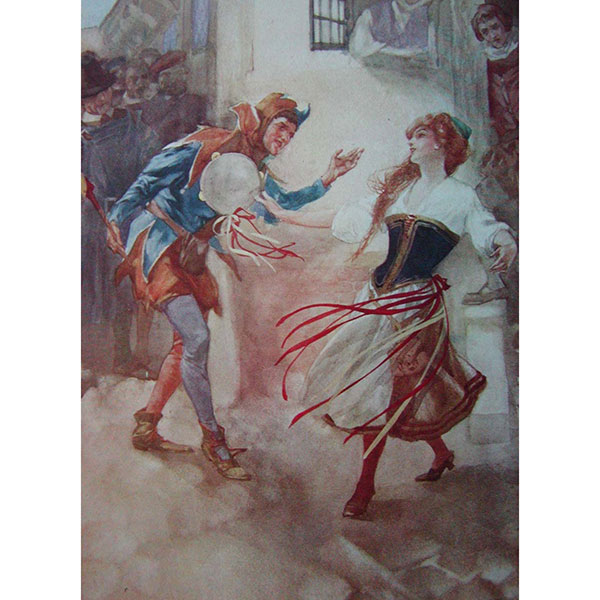
Jack Point and Elsie Maynard by R. Flint
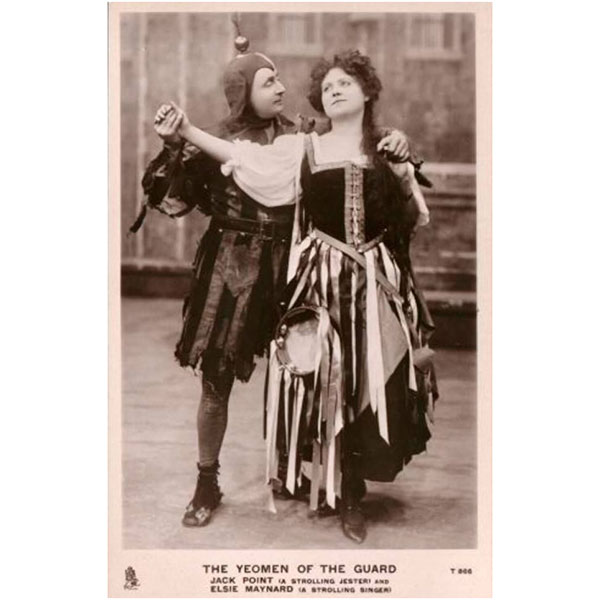
Jack Point and Elsie Maynard
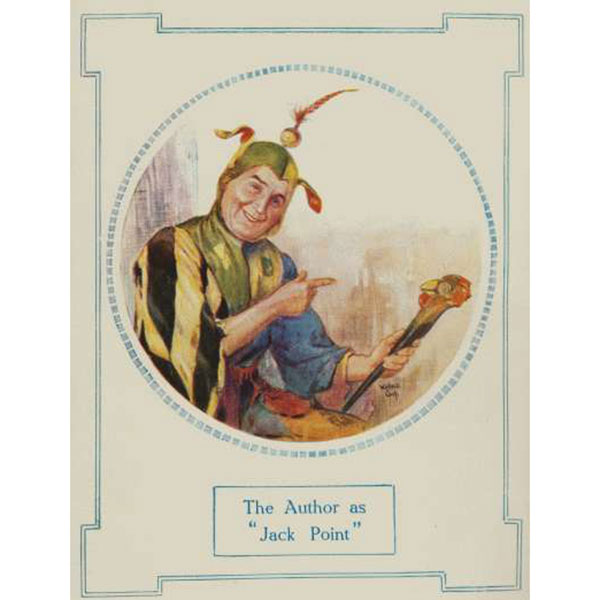
Henry Lytton as Jack Point
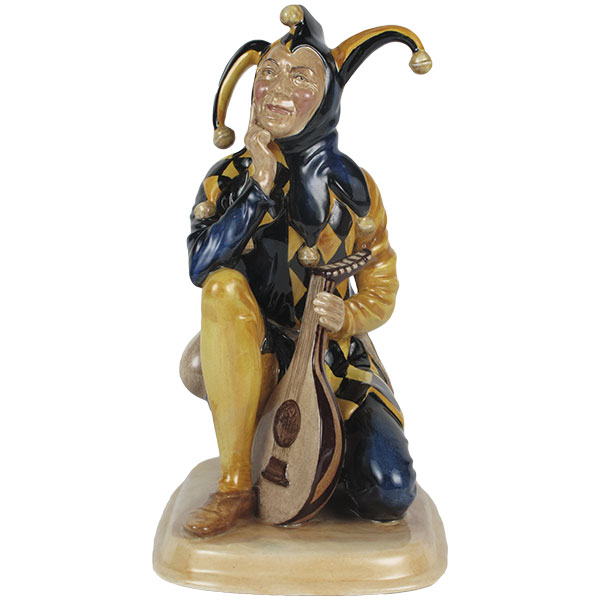
Royal Doulton Jester with Lute
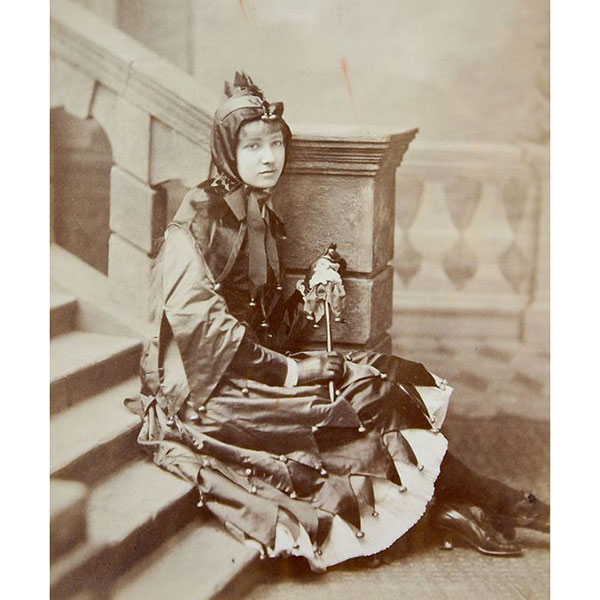
Girl Jester
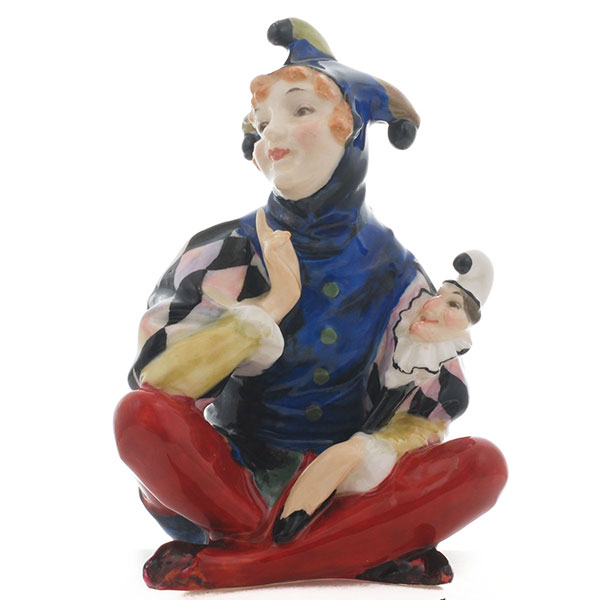
Royal Doulton Lady Jester by L. Harradine
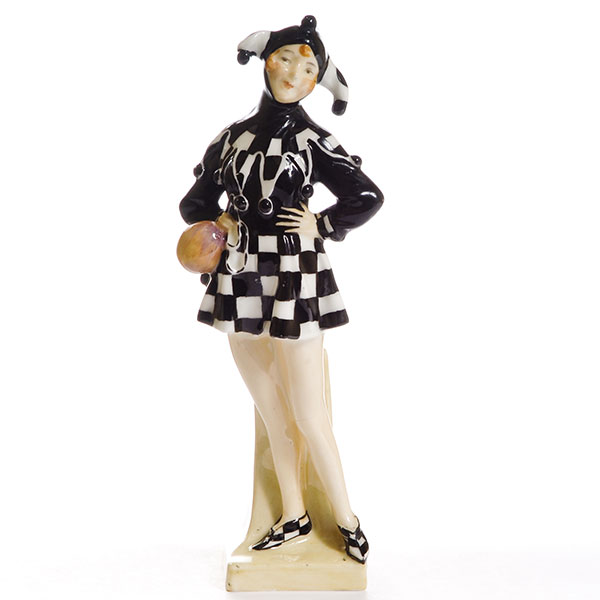
Royal Doulton Lady Jester by L. Harradine
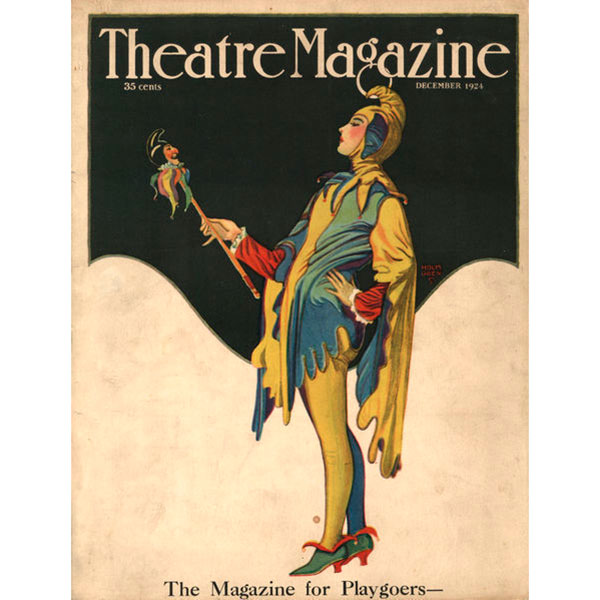
Lady Jester Theatre Magazine 1924
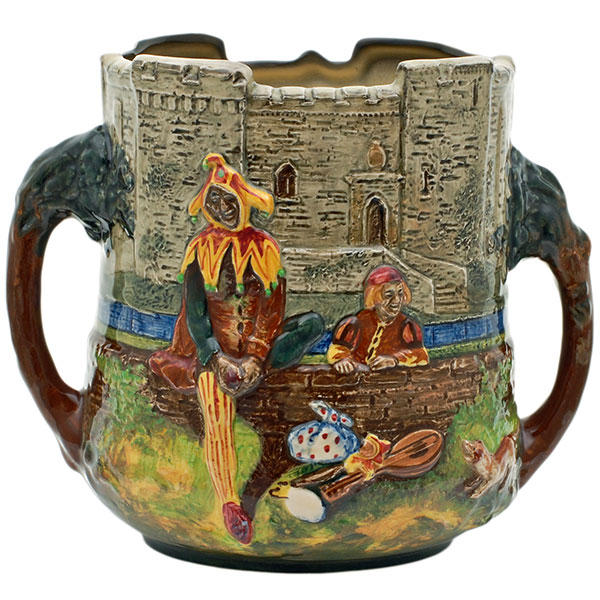
Royal Doulton Wandering Minstrel Loving Cup
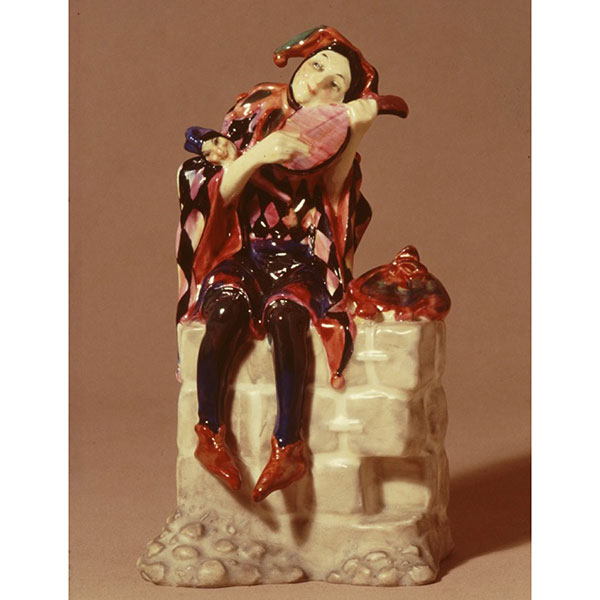
Royal Doulton Wandering Minstrel by L. Harradine
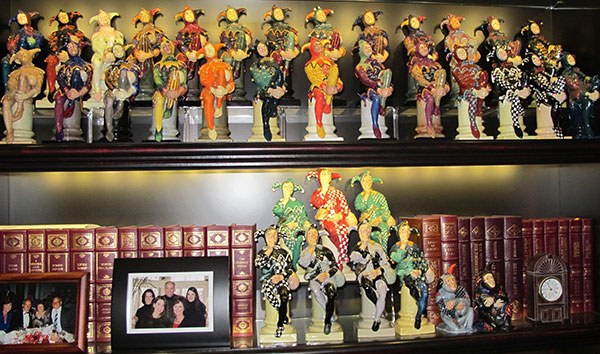
Private Collection of Jesters
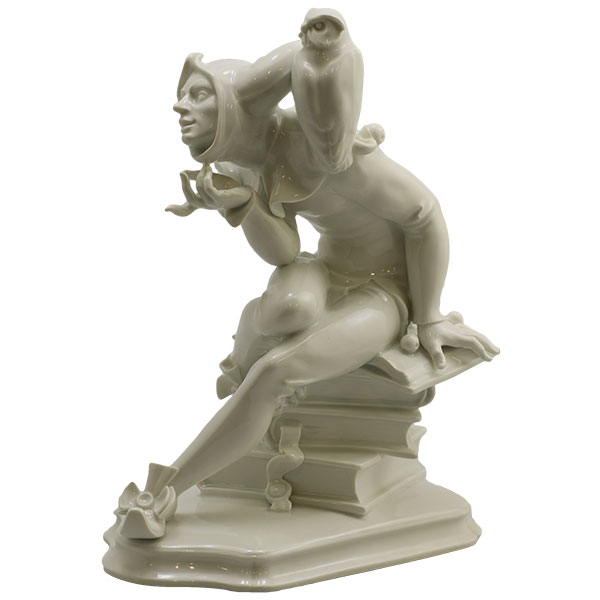
Meissen Jester by A. Struck
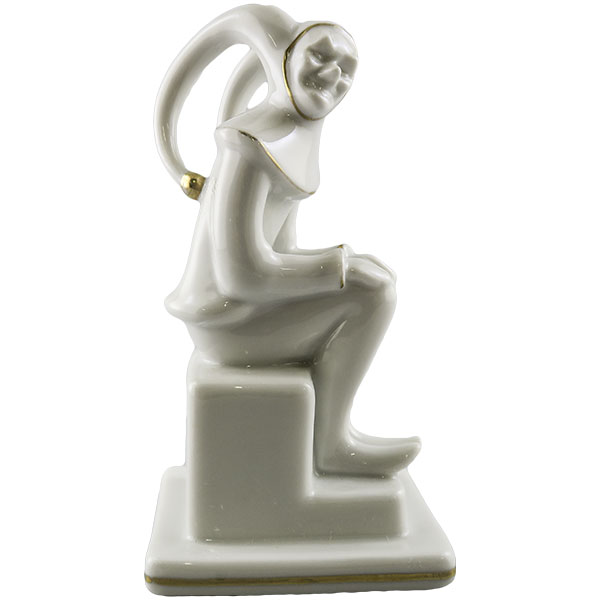
Huebach Jester
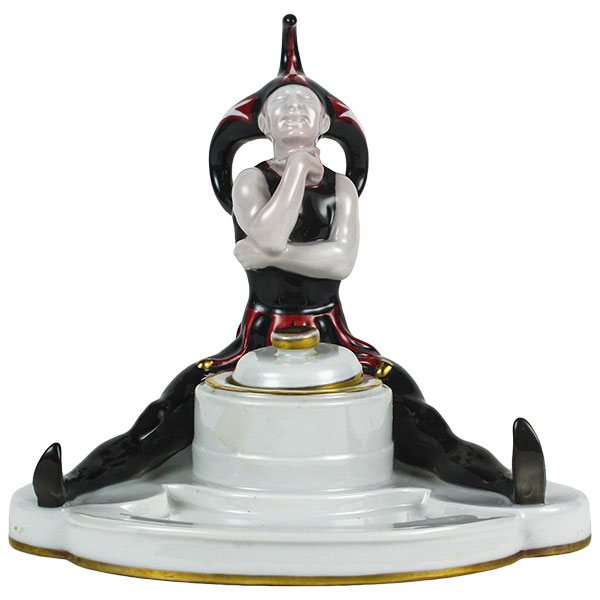
Rosenthal Jester Inkwell
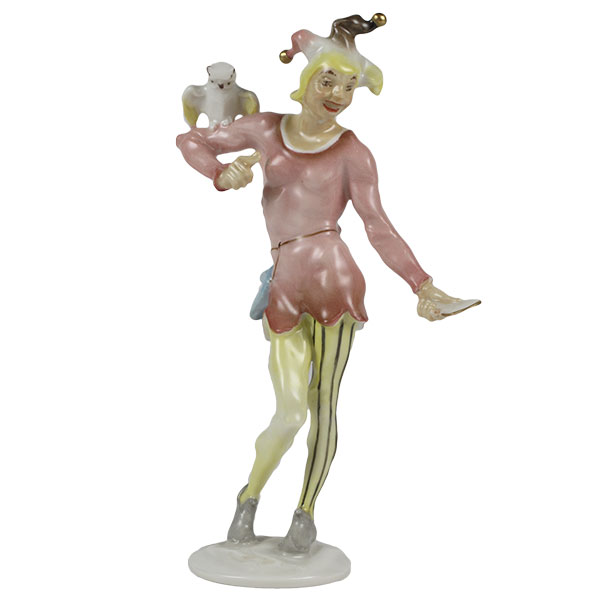
Hutschenreuther Jester Till
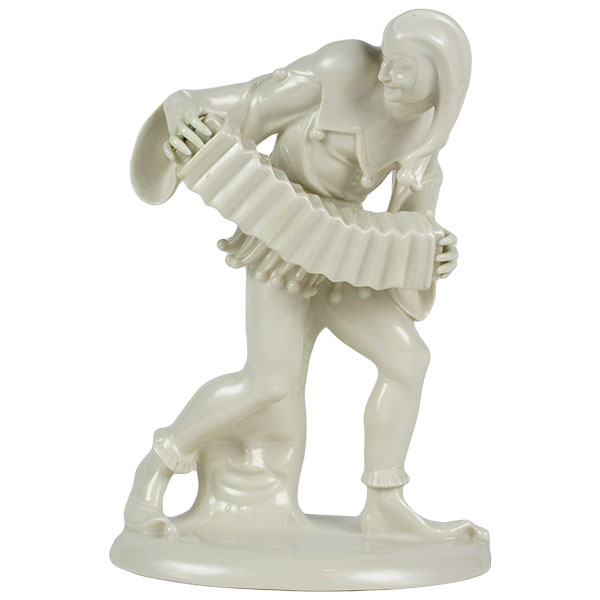
Schwarzburger Jester
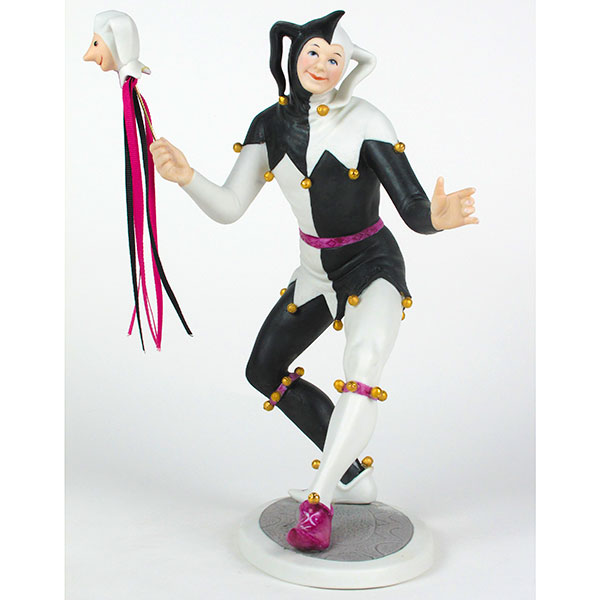
Goebel Opening Act
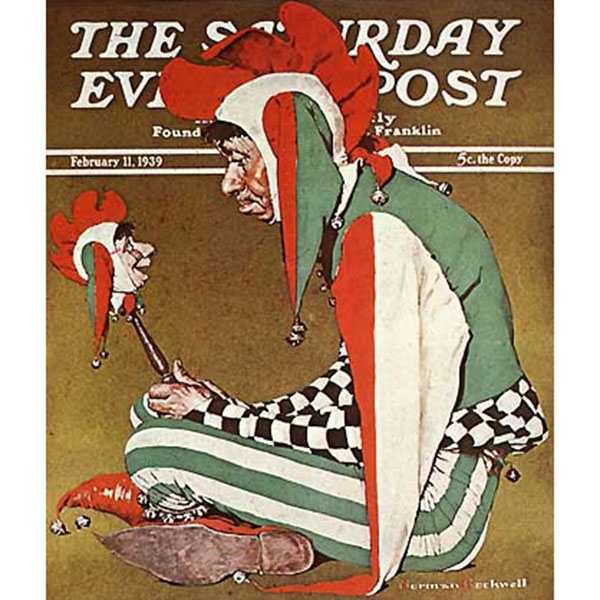
Rockwell Jester
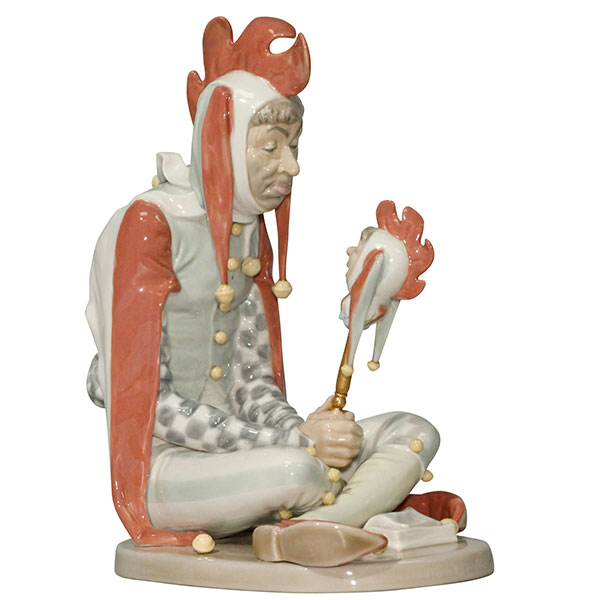
Lladro Jesterby by S. Furio
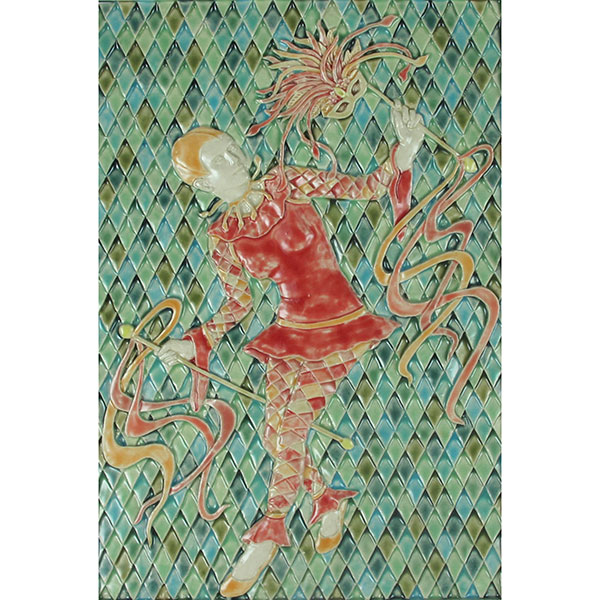
Victoria Ellis Lady Jester
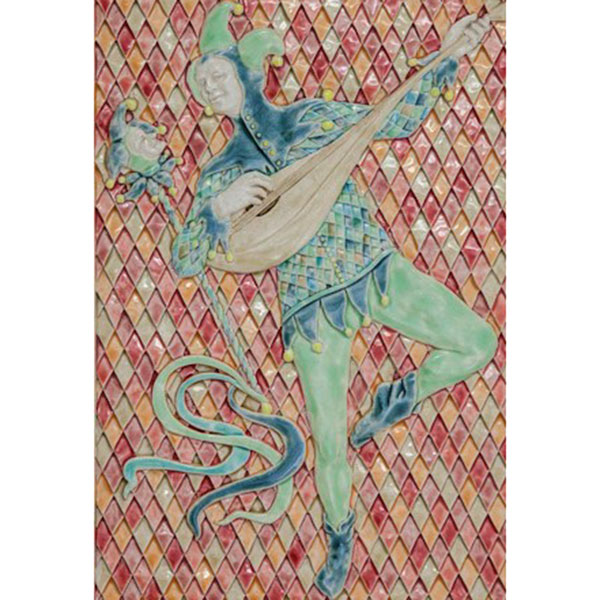
Victoria Ellis Jester
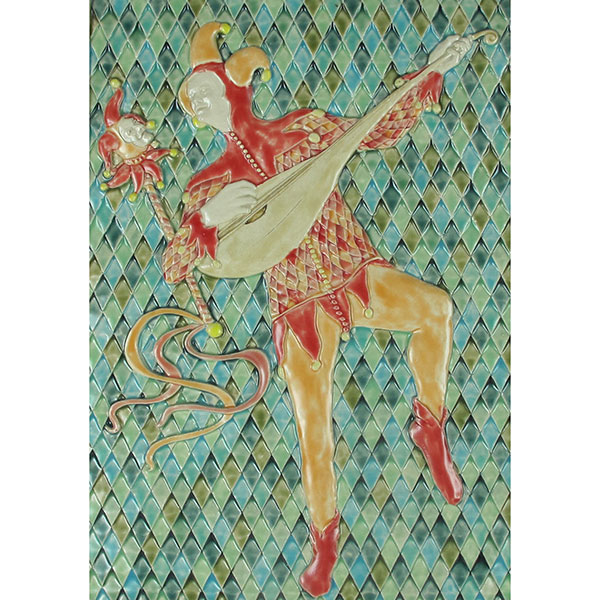
Victoria Ellis Jester
